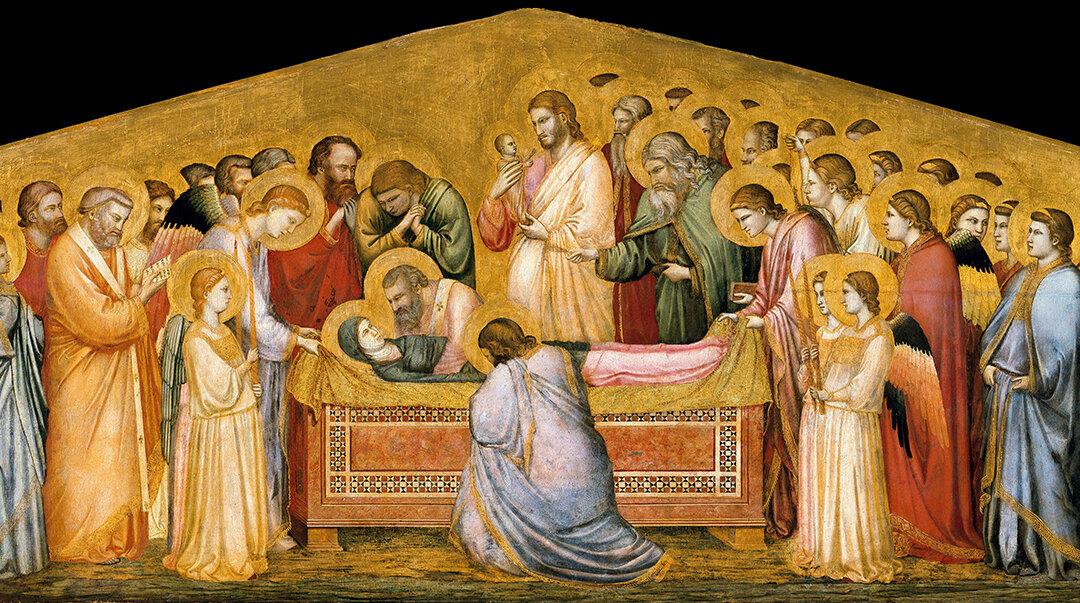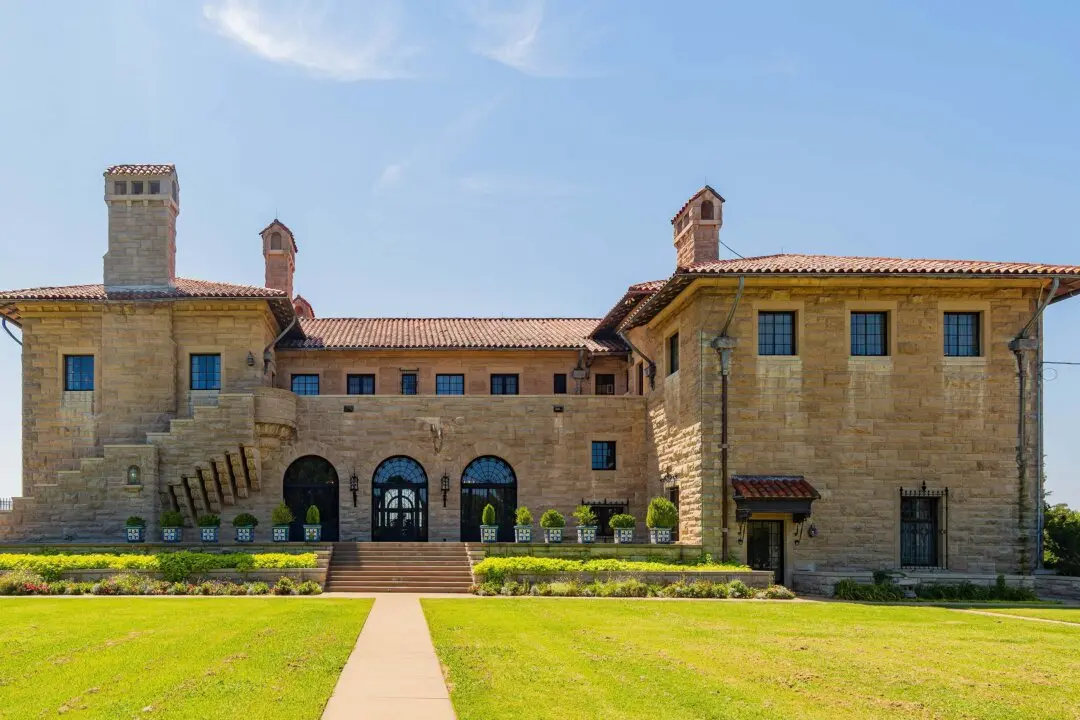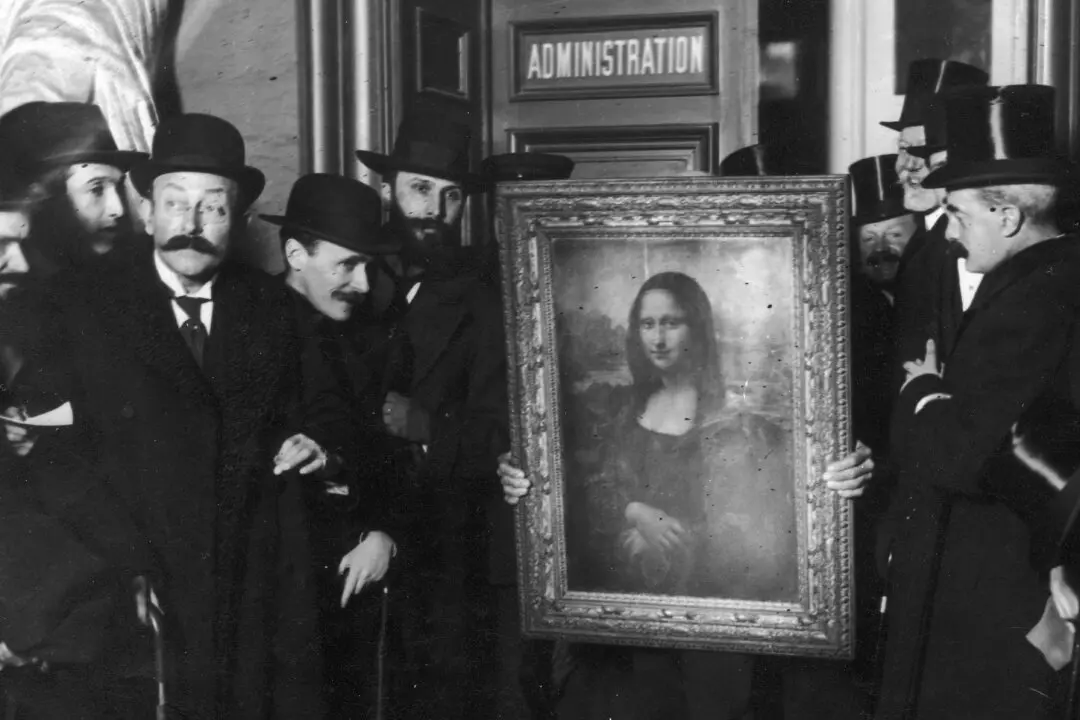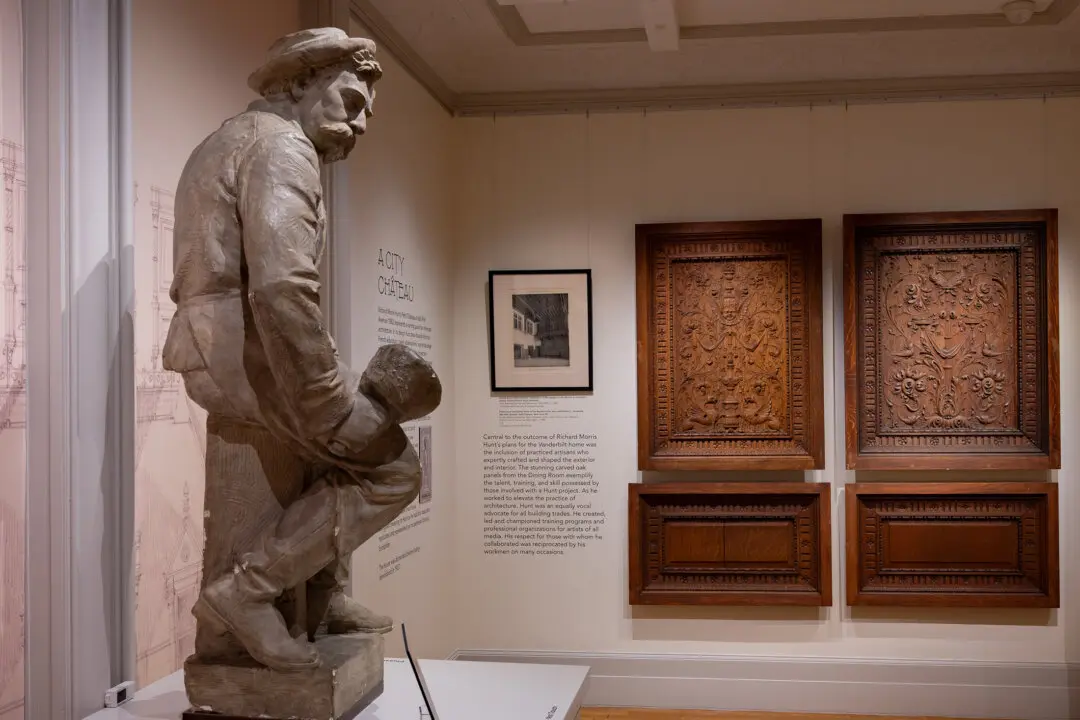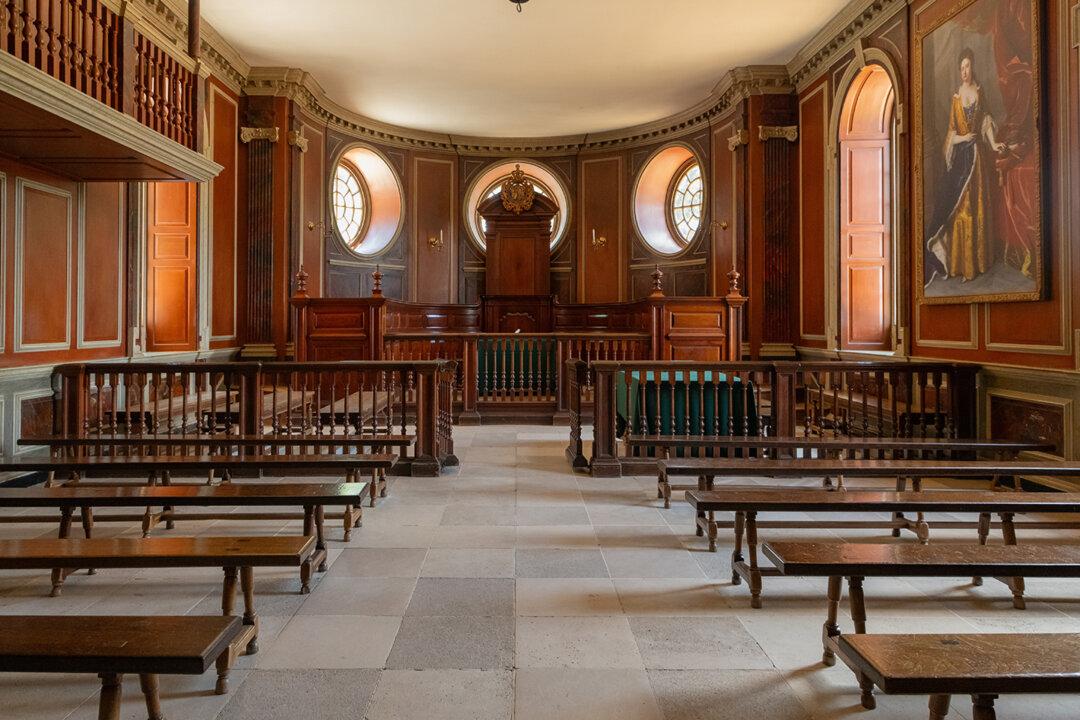When Pope Benedict XI desired some frescoes for the great St. Peter’s Basilica in Rome, he sent his courtier to search out the perfect artist for this important project. Arriving in Florence, the courtier made his way to the studio of Giotto di Bondone (circa 1267–1337). The courtier explained his mission and asked the artist for a sample of his work.
According to the story, Giotto took a small canvas, dipped his brush in red paint, and holding his elbow tight to his side like a compass, quickly dashed off a perfect circle. “Here’s your drawing” he said, handing the courtier the canvas. The courtier thought he was being mocked, but Giotto insisted, “Surely this is enough, and more than enough!” The man was perturbed, but he took the rendered circle back to the pope and presented it along with the samples of all the other masters.

